Along the banks of the mighty Kunene
FROM EPUPA TO RUACANA
A journey from Epupa Falls to Ruacana is without a doubt one of the most exciting experiences in the far north of Namibia. Offering sights which are hardly found in any other part of the country, this is a traveller’s paradise. The best about it is, that these days you can undertake the trip without having to make use of an offroad vehicle. What used to be a dirt track only accessible by a 4x4 vehicle, is now a pleasant and accessible drive for keen and seasoned travellers. 90 km that used to take a minimum of one day’s driving, will now only require about 90 minutes of your day.
The border river between Namibia and Angola, the at times mighty Kunene River, plummets down a 40 metre deep gorge at the Epupa Falls close to the nearby village of Epupa. In the Herero language Epupa means “falling water”. The Epupa Falls are a “must see” for any person seeking out adventure and natural grandeur.
The Kunene River is one of Namibia’s five perennial rivers, although water levels depend on the annual rain fall, especially in Angola. The Falls are thus subject to seasonal fluctuations. As the Kunene region is a very dry area, the threat of malaria is minimal. Much more dangerous are the crocodiles in the Kunene River - swimming in the river is thus not advisable.
UNDER THE MAKALANIS
Overnighting at Epupa Falls, the Tourismus Namibia team booked into the Omarunga Lodge, nestled under the waving Makalani Palms and found 200 meters upstream from the spectacular Epupa Falls - as if you were staying on a tropical island. With temperatures rising above 34°C and humidity levels reaching up to 70% or more, a visit to Epupa Falls is not for the faint hearted.
The Epupa area has much to offer in the form of stunning sunsets, constantly flowing water in an otherwise harsh area, the thundering Epupa Falls themselves, a vast variety of bird species - some being endemic to the Kunene River area - as well as the Ovahimba tribes who stay in this area and stick to their traditional way of life.
The Omarunga Lodge offers 14 en-suite chalets of which 12 are twin rooms, one with a double bed and one family room, which can sleep up to five people. Five of the 14 units are situated directly on the river bank, while the others also allow for a river view. Omarunga Lodge has a large lapa (thatched restaurant) and bar, situated on the banks of the Kunene River. Breakfast, lunch and dinner are served here, with lunch taking the form of a variety of light meals available during lunch hours only. Lodge guests may enjoy complimentary coffee and tea with some savouries in the afternoon. Dinners consist of a three-course buffet, with coffee and tea.
Apart from the rooms, Omarunga Lodge also offers ten spacious camp sites. Each camp site has an own fire place, water tap and light. A thatched roof ablution facility is available, as well as a scullery and a laundry basin. The swimming pool area is complemented by a pool bar and even sports a big-screen LCD TV. At the pool lapa there is a grill area where the lodge’s chefs can prepare a traditional, Namibian grill or Braaivleis.
UPSTREAM
Further upstream you come across various accommodation options, ranging from camp sites to tented camps. Kunene River Lodge could be considered as the most well-known among a list of options. In the meantime your travels along the river are something to behold.
Kunene River Lodge is covered by a lush canopy of indigenous trees which provide shade for chalets and camp sites alike, while the swimming pool is surrounded by an open area covered by lawn. From the bar and restaurant, a deck extends over the river, making for a spectacular location to enjoy a drink or a delicious meal with game viewing opportunities to boot.
The twelve camp sites are all in close proximity of the lodge grounds and amid the lush undergrowth, with the wonderful old Leadwood and Jackalberry trees along the Kunene River providing welcome shade. The area is perfect for birding enthusiasts, with the discovery of the first two nests of the Cinderella Waxbill - this elusive species - in the wild, must be rated as unparalleled.
The adventurous at heart can try white-water rafting nearby at Ondorusu Gorge. Two of the four-day rafting excursions take you along parts of the river where few have ventured, while camping overnight on the river’s banks.
Lloyd Zandberg
A journey from Epupa Falls to Ruacana is without a doubt one of the most exciting experiences in the far north of Namibia. Offering sights which are hardly found in any other part of the country, this is a traveller’s paradise. The best about it is, that these days you can undertake the trip without having to make use of an offroad vehicle. What used to be a dirt track only accessible by a 4x4 vehicle, is now a pleasant and accessible drive for keen and seasoned travellers. 90 km that used to take a minimum of one day’s driving, will now only require about 90 minutes of your day.
The border river between Namibia and Angola, the at times mighty Kunene River, plummets down a 40 metre deep gorge at the Epupa Falls close to the nearby village of Epupa. In the Herero language Epupa means “falling water”. The Epupa Falls are a “must see” for any person seeking out adventure and natural grandeur.
The Kunene River is one of Namibia’s five perennial rivers, although water levels depend on the annual rain fall, especially in Angola. The Falls are thus subject to seasonal fluctuations. As the Kunene region is a very dry area, the threat of malaria is minimal. Much more dangerous are the crocodiles in the Kunene River - swimming in the river is thus not advisable.
UNDER THE MAKALANIS
Overnighting at Epupa Falls, the Tourismus Namibia team booked into the Omarunga Lodge, nestled under the waving Makalani Palms and found 200 meters upstream from the spectacular Epupa Falls - as if you were staying on a tropical island. With temperatures rising above 34°C and humidity levels reaching up to 70% or more, a visit to Epupa Falls is not for the faint hearted.
The Epupa area has much to offer in the form of stunning sunsets, constantly flowing water in an otherwise harsh area, the thundering Epupa Falls themselves, a vast variety of bird species - some being endemic to the Kunene River area - as well as the Ovahimba tribes who stay in this area and stick to their traditional way of life.
The Omarunga Lodge offers 14 en-suite chalets of which 12 are twin rooms, one with a double bed and one family room, which can sleep up to five people. Five of the 14 units are situated directly on the river bank, while the others also allow for a river view. Omarunga Lodge has a large lapa (thatched restaurant) and bar, situated on the banks of the Kunene River. Breakfast, lunch and dinner are served here, with lunch taking the form of a variety of light meals available during lunch hours only. Lodge guests may enjoy complimentary coffee and tea with some savouries in the afternoon. Dinners consist of a three-course buffet, with coffee and tea.
Apart from the rooms, Omarunga Lodge also offers ten spacious camp sites. Each camp site has an own fire place, water tap and light. A thatched roof ablution facility is available, as well as a scullery and a laundry basin. The swimming pool area is complemented by a pool bar and even sports a big-screen LCD TV. At the pool lapa there is a grill area where the lodge’s chefs can prepare a traditional, Namibian grill or Braaivleis.
UPSTREAM
Further upstream you come across various accommodation options, ranging from camp sites to tented camps. Kunene River Lodge could be considered as the most well-known among a list of options. In the meantime your travels along the river are something to behold.
Kunene River Lodge is covered by a lush canopy of indigenous trees which provide shade for chalets and camp sites alike, while the swimming pool is surrounded by an open area covered by lawn. From the bar and restaurant, a deck extends over the river, making for a spectacular location to enjoy a drink or a delicious meal with game viewing opportunities to boot.
The twelve camp sites are all in close proximity of the lodge grounds and amid the lush undergrowth, with the wonderful old Leadwood and Jackalberry trees along the Kunene River providing welcome shade. The area is perfect for birding enthusiasts, with the discovery of the first two nests of the Cinderella Waxbill - this elusive species - in the wild, must be rated as unparalleled.
The adventurous at heart can try white-water rafting nearby at Ondorusu Gorge. Two of the four-day rafting excursions take you along parts of the river where few have ventured, while camping overnight on the river’s banks.
Lloyd Zandberg



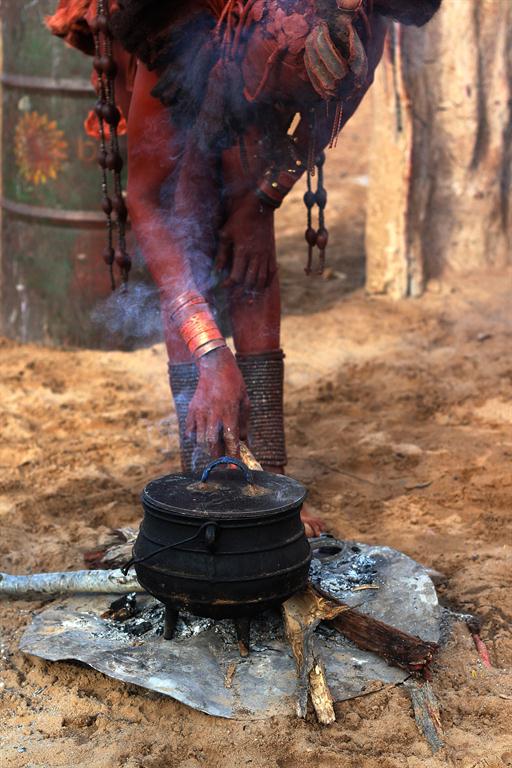
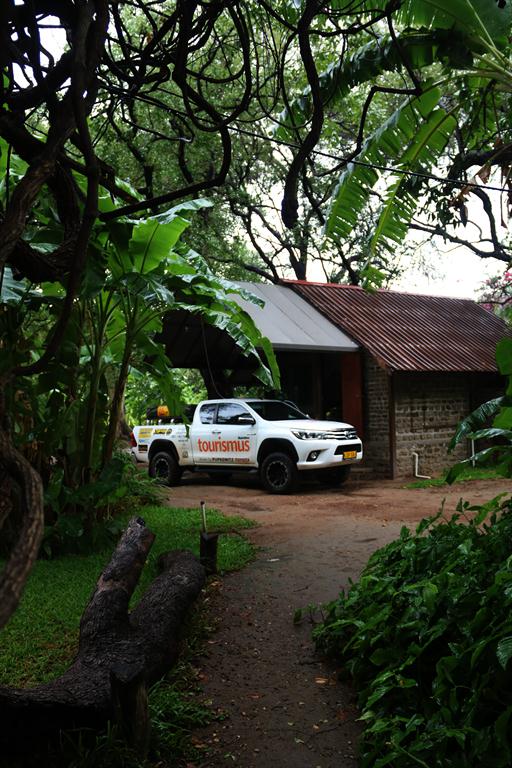
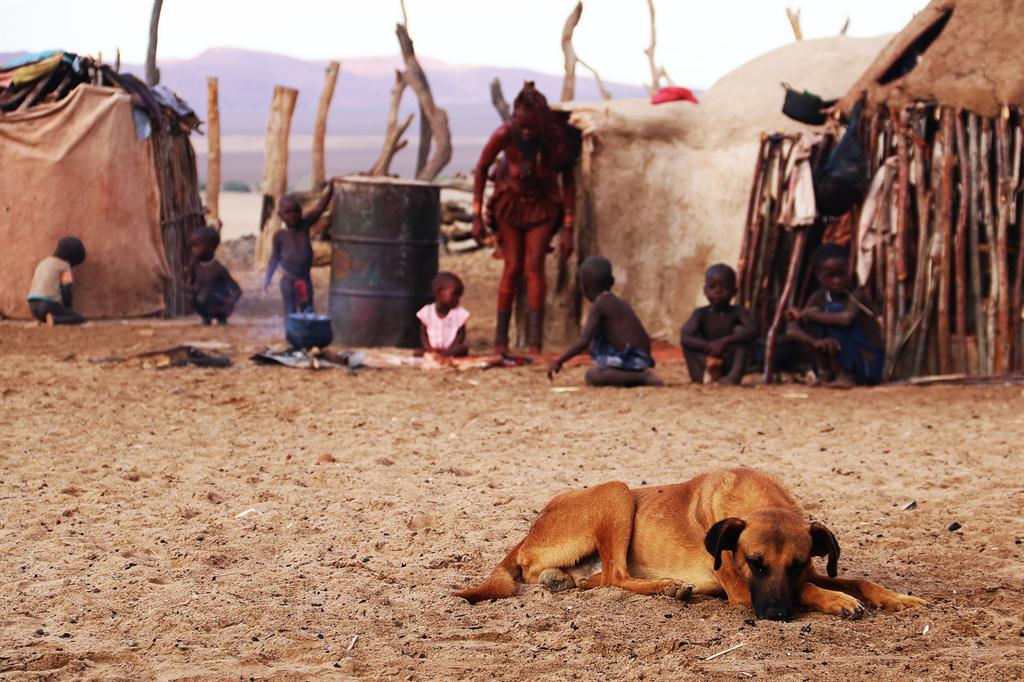
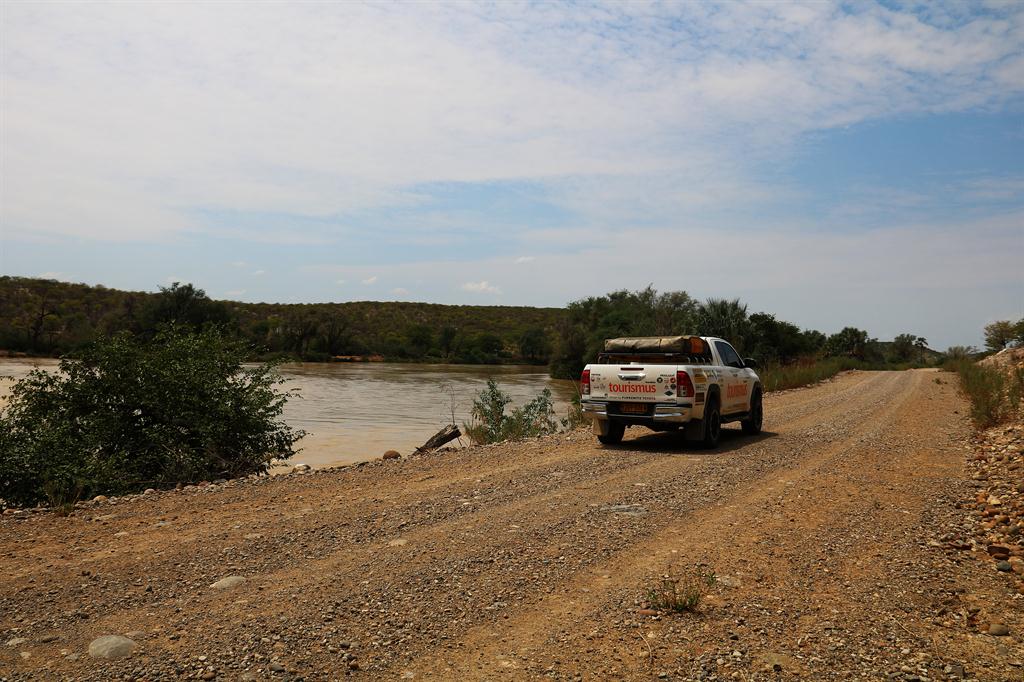
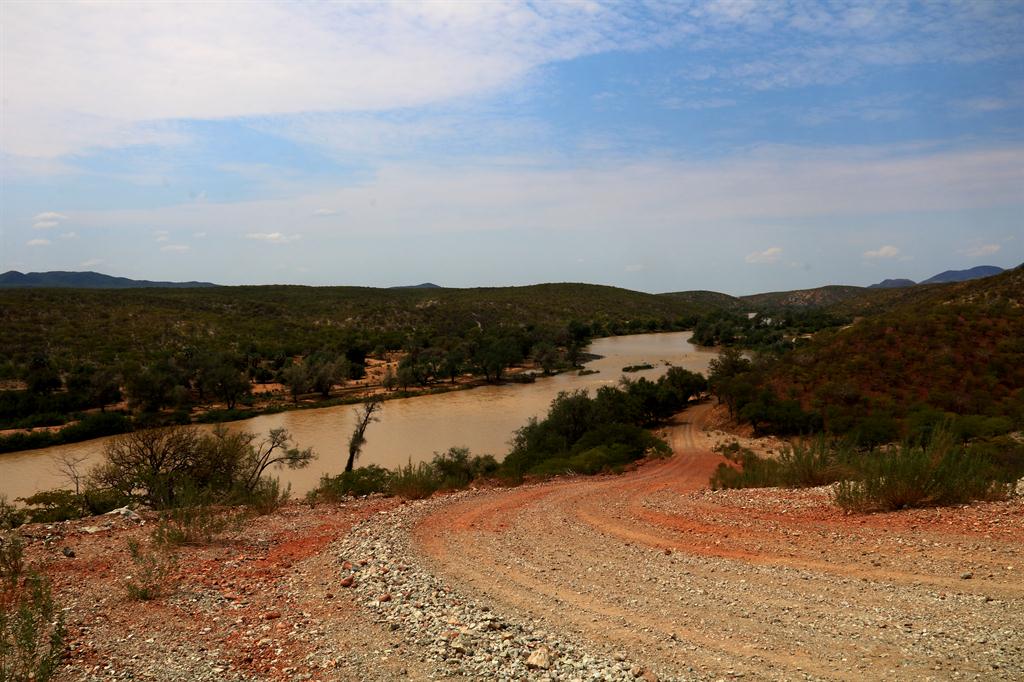


Kommentar
Allgemeine Zeitung
Zu diesem Artikel wurden keine Kommentare hinterlassen